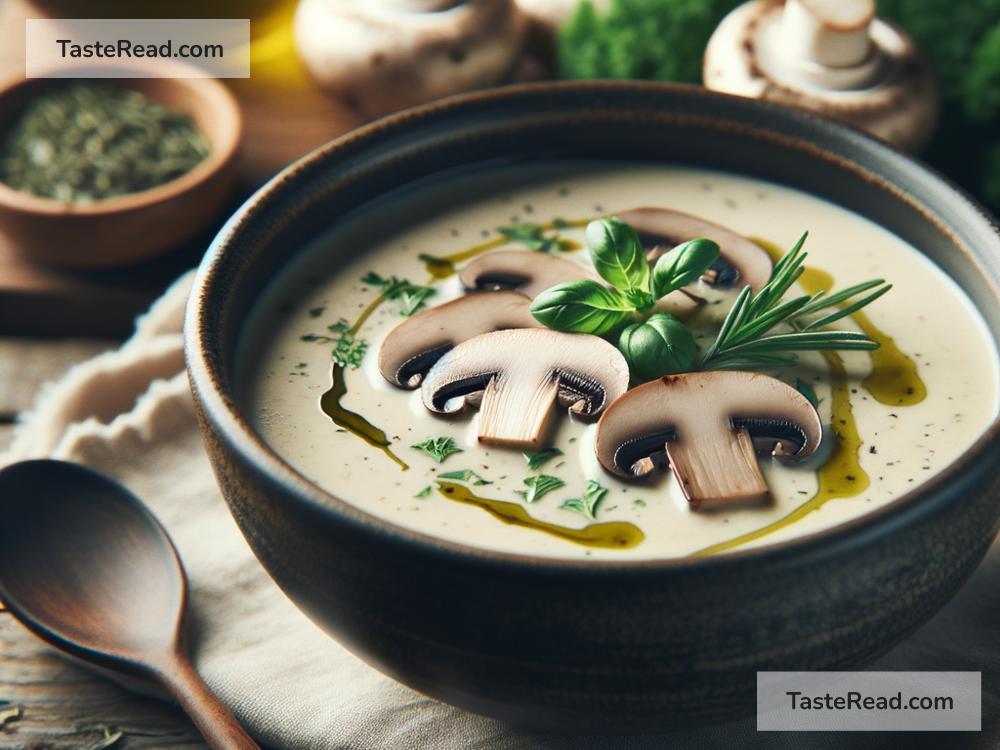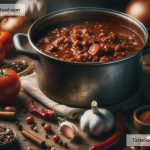How to Photograph Smooth, Creamy Soups with Silky Detail
Photographing food is an art that brings dishes to life, making viewers almost taste them through their screens or on pages. Among the various challenges in food photography, capturing smooth, creamy soups with silky detail stands out. Such soups have a velvety texture and rich colors that need to be highlighted accurately. If done right, the photograph can evoke a sense of warmth, comfort, and hunger. Let’s dive into the essentials of photographing these delightful dishes in a way that brings out their best features.
1. Lighting is Key
Light plays a pivotal role in food photography, and it’s no different when it comes to creamy soups. Use natural light whenever possible as it softly highlights the smooth surface and enhances the soup’s natural color. Positioning your set-up near a window with plenty of diffused daylight will yield the best results. Avoid harsh sunlight as it can create unwanted shadows and highlights that detract from the soup’s silky texture. Reflectors can also be helpful to gently bounce light back onto the soup, ensuring an evenly lit photograph.
2. Angle Matters
The angle at which you photograph your soup can drastically affect how its texture and color are perceived. A top-down approach works wonderfully for creamy soups, especially if you’re looking to emphasize any garnishes like herbs, seeds, or a drizzle of cream. This angle highlights the soup’s smooth surface and the details of the garnish, without losing depth. Experimenting with close-up side angles can also be effective, particularly for showing the soup’s creamy consistency and any layered ingredients.
3. Focus on the Garnish
Speaking of garnishes, they play a significant role in making your creamy soup photographs pop. A sprinkle of fresh herbs, a swirl of cream, or a few croutons can add texture and contrast to the smooth surface of the soup. These elements not only enhance the visual appeal but also provide a hint about the soup’s flavor and texture. When arranging garnishes, consider their color and shape to ensure they complement the soup and add to the photograph’s overall composition.
4. Choose Your Bowl Wisely
The bowl you choose for your creamy soup can enhance or detract from your photograph. Opt for simple, solid-colored bowls that don’t overpower the soup itself. Whites and neutrals are always a safe bet as they allow the colors of the soup to stand out. However, using a boldly colored bowl can add a dramatic effect if it complements the soup’s color. Additionally, the bowl’s material can impact the photo’s feel; for instance, a rustic ceramic bowl can evoke a homey, comforting vibe.
5. Set the Scene
Setting the scene involves more than just the soup and the bowl. Think about the background, props, and overall color scheme of your photograph. Items like rustic bread, vintage spoons, or a napkin can add texture and context to your image, creating a more inviting scene. However, it’s crucial to strike a balance and not overcrowd the photograph. The focus should remain on the soup; the props are there to enhance, not overshadow.
6. Use Manual Focus for Precision
When it comes to capturing the silky details of creamy soups, manual focus is your friend. Auto-focus may sometimes miss the subtle textures and highlights you’re aiming to emphasize. By switching to manual focus, you gain full control over the focus point, allowing you to highlight the smoothness of the soup or the details of the garnishes with precision.
7. Post-processing Adjustments
Finally, don’t underestimate the power of post-processing. Adjusting the exposure, contrast, and saturation can help your soup’s color and texture stand out even more. However, be mindful not to overdo it; the goal is to enhance the natural beauty of the dish, not transform it into something unrecognizable.
Photographing smooth, creamy soups requires a blend of the right technique, creativity, and attention to detail. By focusing on lighting, angles, garnishes, and setting the perfect scene, you can capture the essence of these delicious dishes. Remember, the objective is to make viewers feel as though they could dive right into the bowl. With patience and practice, your soup photographs will not only look irresistible but also convey the warmth and comfort such dishes are known for. Happy shooting!


